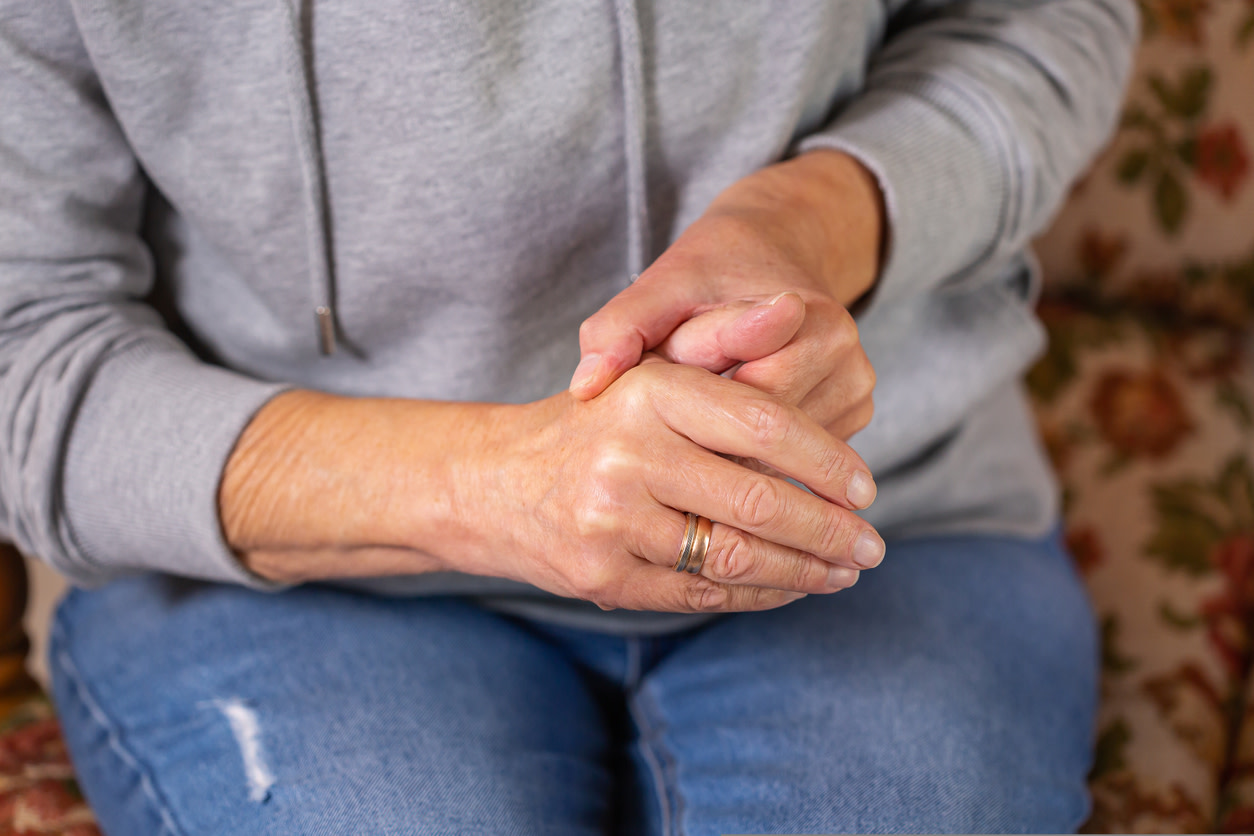Sprained Thumb: Causes, Treatment, and Tips from Physical Therapists
Learn about sprained thumb symptoms, best treatments for a sprained thumb, and healing exercises from physical therapists.
$0 costo para usted
Última actualización: Oct 23, 2025
El índice
Fully covered hand or wrist pain relief
Find relief from hand pain, wrist pain, finger joint pain, & more.
Check if I'm eligibleExercises for Thumb Sprain Recovery
/for-individuals →- Finger Abduction
- Thumb Flexion and Extension
- Thumb Opposition and Extension
- Wrist Bends
- Isometric Thumb Flexion and Extension
